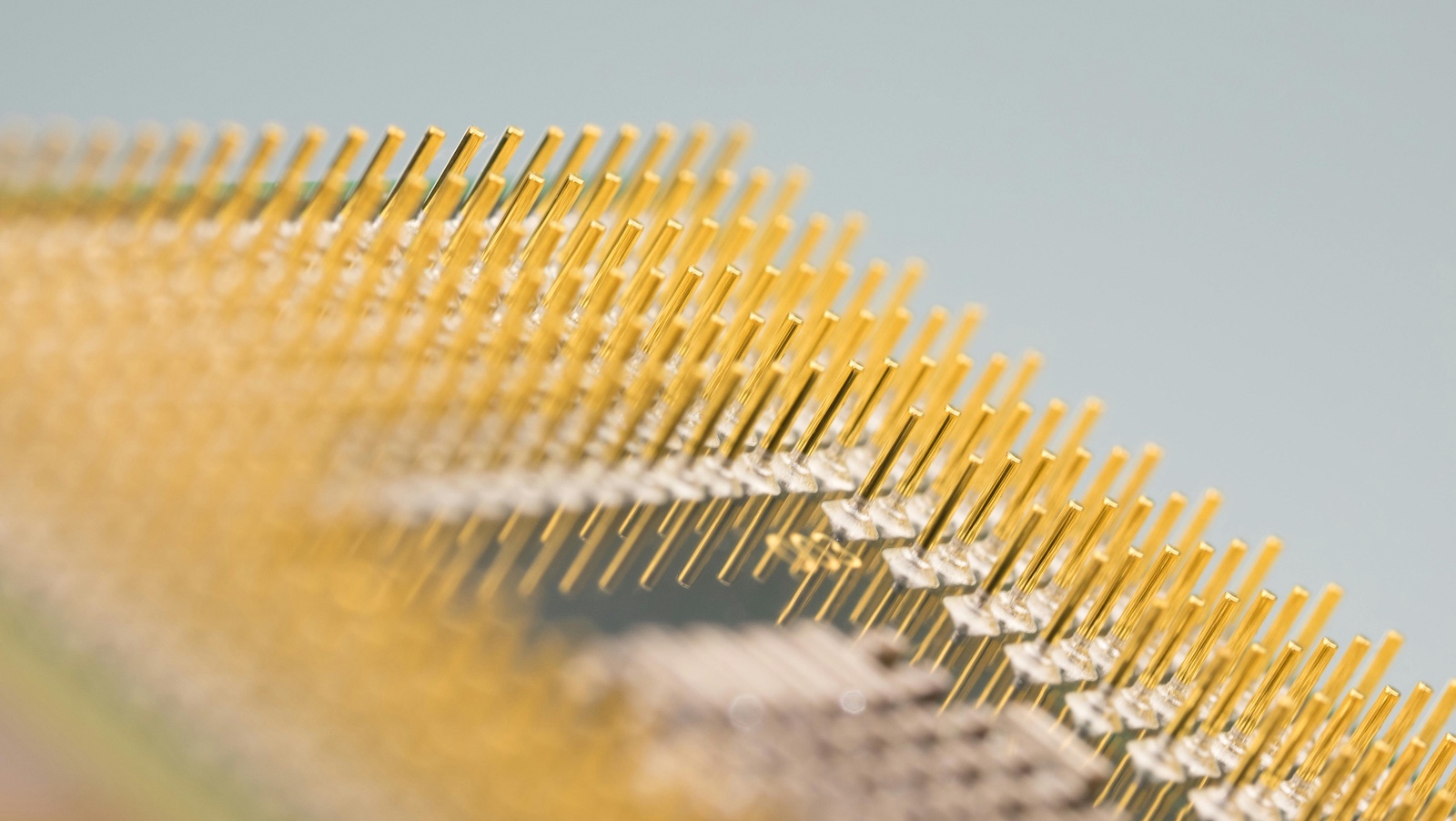In a 2017 report titled “Drones: Reporting for Work,” Goldman Sachs estimated the addressable market opportunity for drones globally between 2016 and 2020 to be $100 billion, of which the insurance claims drone market was estimated to be $1.4 billion.
And the report did not address the wider opportunities in personal and commercial property insurance: underwriting, pricing, risk prevention, traditional and virtual claims management, fraud detection and product marketing. The report also didn't cover the use of images from satellites and fixed-wing aircraft, including streaming video.
Whatever the actual size of the total insurance market opportunity, the impact of aerial and drone images in insurance will be enormous.
Industry observers are just beginning to recognize the transformation in property insurance underwriting and claims that is emerging through advanced analytics, artificial intelligence and machine learning tied to neural networks and integrated with data from aerial and drone images.
Property claims investigation costs the industry an average of about 11% of premiums – automated inspection can reduce that expense substantially. And automated property inspection cycle times can average two to three days, compared with 10 to 15 days using traditional methods – lowering costs and increasing customer satisfaction.
Providers will transform the property insurance industry through the convergence of these sources of better images, expanding numbers and types of connected home technologies, customer self-service and aggregated property risk data (historic and real-time).
Follow the money
Venture and private equity investment activity in emerging technologies is a good indicator of potential growth opportunities – these professionals typically engage subject matter experts and conduct deep market research and diligence in a highly disciplined and proven evaluation process prior to investing. Since 2012, almost $2 billion has been invested in more than 370 drone company deals, and the current run rate is more than $500 million in announced deals annually, according to CB Insights research, which states that ”19 of the 24 smart money venture investors have backed at least one drone company since 2012.”
See also: How Technology Drives a ‘New Normal’
Within just the past two months, four such insurance-related transactions were announced;
- Nationwide Ventures made an investment in Betterview, a machine learning insurtech startup focused on analyzing data from drones, satellite and other aerial imagery for commercial and residential property insurers and reinsurers. This follows a September 2017 seed round funding of $2 million.
- DroneDeploy, the world’s largest commercial drone platform, raised $25 million of Series C venture capital, bringing total funding to $56 million.
- Cape Analytics raised $17 million to grow its AI and aerial imagery platform for insurance companies, led by XL Innovate.
- Clearlake Capital Group acquired a significant interest in EagleView Technologies alongside Vista Equity Partners, which had purchased EagleView in 2015. (Vista also owns the majority of Solera, parent of property and auto insurance claims services and information providers Enservio and Audatex.)
In 2017, Genpact, a global professional services and insurance claims solutions provider, acquired OnSource, which provides 24/7/365 full service on-demand drone property inspection claims and settlement services across the U.S. Earlier that year, Genpact acquired BrightClaim and National Vendor, providers of integrated claims solutions to the U.S. property insurance market
In 2016, Airware, a global enterprise drone analytics company, closed a Series C round of $30 million to bring its total funding to $110 million. Early in 2016, Verisk Analytics formed the Geomni business unit to specialize in image sourcing and analysis and has since acquired a number of U.S.-based aerial survey companies and their aircraft fleets. Verisk also owns Xactware, the dominant industry provider of property insurance claims solutions and third party products. The Geomni fleet is expected to include more than 125 fixed-wing aircraft and helicopters by the end of 2018, operating from 15 hubs located throughout the U.S. Verisk expects to invest approximately $100 million in Geomni through 2018.
Competition and differentiation
The space has attracted a large number of participants in the past two years, and there are no signs of slowing. Competitors are taking innovative paths to differentiation, including: drone manufacturing, drone operating software for use by field staff and contractors, ground-based roof and wall measurement technologies and full-service, virtual property inspection and property damage reports using drones.
Insurance industry adoption and barriers
The insurance industry’s use of images from satellite and fixed-wing aircraft is fairly well-established, particularly in catastrophe response planning and claims. The North American property/casualty insurance industry has been cautious and conservative in its testing and adoption of drone use for property claims and in using aerial images for underwriting.
Until recently, FAA rules had made it onerous for carriers and industry vendors to obtain licenses and permission to use drones for property inspections. However, after extensive industry lobbying efforts, assisted by more pro-business policies, that obstacle has eased significantly, and several carriers have trained staff and hired contractors to use drones for property claims inspections. Obstacles remain, including restrictions on use near airfield perimeters and outside of operators’ line of sight.
Carriers are split into two roughly equal camps (by market share) on more recently introduced third party services that provide virtual property inspections: those that do not believe that drone image and damage identification technology is sufficiently accurate as yet to manage claims leakage as effectively as their own staff field adjusters – and those that do. Both groups acknowledge that drones are not appropriate for all property claims. Furthermore, customer satisfaction and therefore retention is thought to be higher when insurance company staff visit the property and the homeowner in person.
The future of property insurance
For claims, virtual methods of inspection will include not only drones but claims reporting that involves customers. Claim self-service, including smartphone images and video, which has seen impressive adoption and results in auto claims, is beginning to penetrate property insurance claims, particularly for reporting home interior and exterior wall damage. New, accurate 3D smartphone image measurement technology combined with higher image resolution and the expected expanded availability of much faster 5G wireless broadband will drive adoption.
See also: Secret to Finding Top Technology Talent
Other methods of property inspection, particularly following extreme wind or hail events and catastrophes, will most certainly incorporate the use of drones, whether operated by insurance staff, managed repair network contractors or third-party inspection services. Also, autonomous drones performing roof inspections not requiring an operator on site may be expected soon.
Finally, on the property underwriting side, we expect high-resolution geospatial image data from multiple sources, artificial intelligence and machine learning to transform that process. Real-time feeds of comprehensive property attributes such as measurements and condition of roofs and other property on the target site will enable instant and more accurate pricing, quoting and binding/renewal of property insurance.
Aerial imagery, mobile technologies, artificial intelligence and computer vision will continue to transform property insurance products and processes, leading to better pricing accuracy, more profitable operations and, above all, better customer experience for policyholders.











